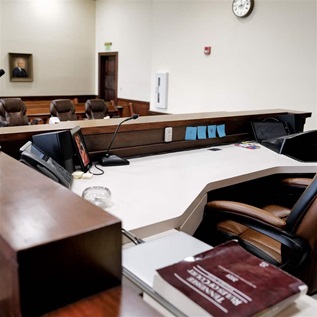Pew Study Finds Residential Property Would Account for a Greater Share of Property Tax Burden Under Actual Value Initiative
As a result of the property tax overhaul known as the Actual Value Initiative (AVI), residential property will account for a greater share of Philadelphia's total property value—and thus the property tax burden—in 2014 than in 2013, according to a new report from The Pew Charitable Trusts.
For the residential sector as a whole, the added tax burden could be as much as $72 million annually, with another $11 million in taxes on the "stores with dwellings," which dominate neighborhood commercial corridors. Meanwhile, the burden shouldered by the commercial and industrial sectors would fall by about $55 million and $20 million, respectively, each year. In all, Philadelphia collects about $1.2 billion per year in local property taxes for the school district and city government.
As explained in the report, AVI: The Shift in the Property Tax Burden, several proposals made by Mayor Michael Nutter and members of City Council, including a homestead exemption for all owner-occupied residences, would lessen the magnitude of the changes, perhaps significantly, but likely not eliminate it.
The shift would occur because residential properties as a group had been comparatively underassessed until now, while commercial and industrial properties were generally overassessed, according to data from the city's Office of Property Assessment. Although AVI remains revenue-neutral overall, this helps explain why the overhaul is on track to produce tax increases for a substantial number of home owners. As part of AVI, all 579,000 parcels in Philadelphia were reassessed.
To a much smaller degree, AVI also would reduce the tax burden on the nearly 15,000 residential properties that have 10-year abatements. Owners of these properties stand to pay about $3 million less in taxes in 2014 than in 2013. The abatements, which are granted for new construction or rehabilitation, reduce but do not eliminate a property owner's tax liability, since they do not apply to the land itself or any part of the structure that is not new.











